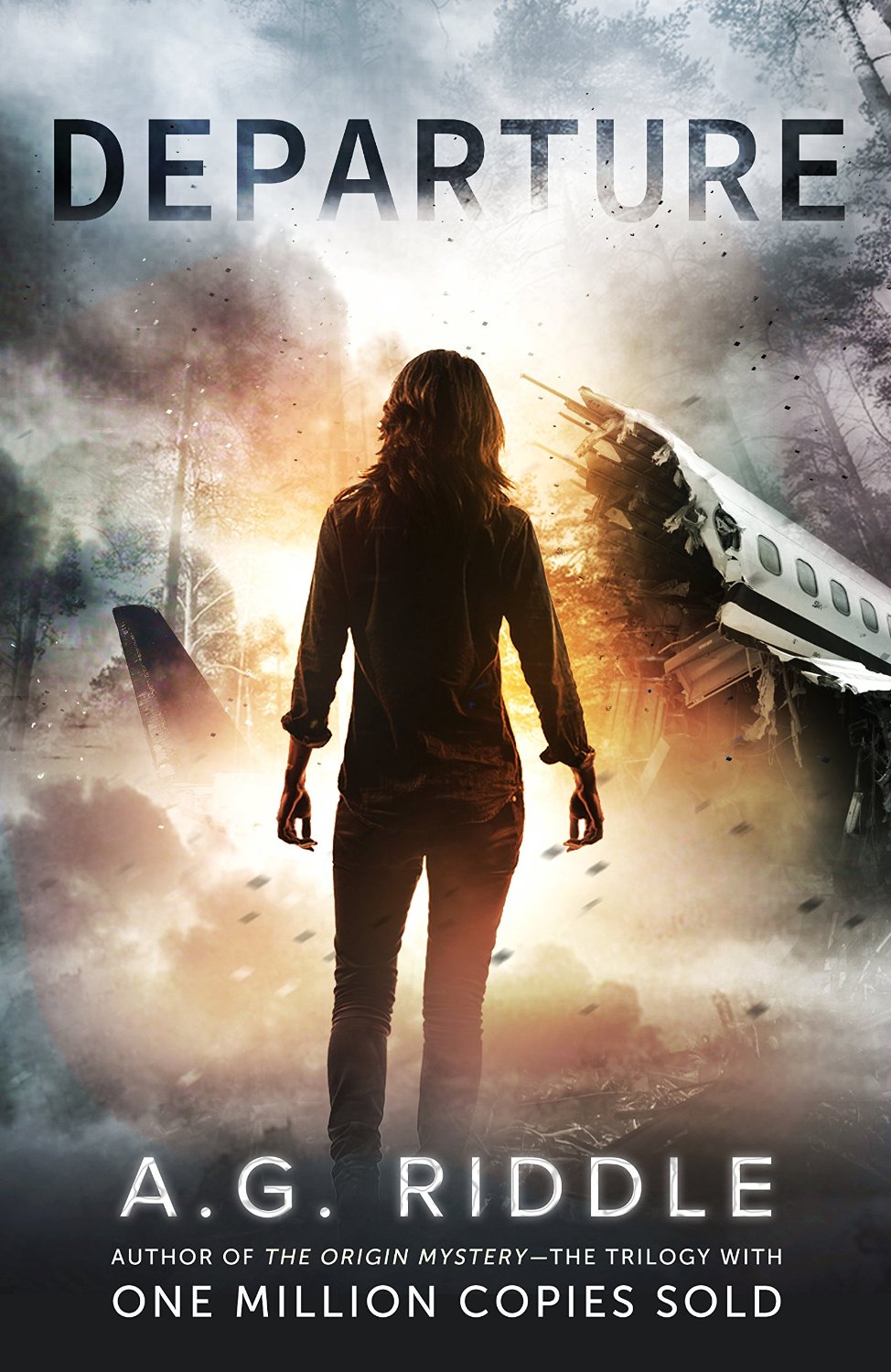[button color=”black” size=”big” link=”http://affiliates.abebooks.com/c/99844/77798/2029?u=http%3A%2F%2Fwww.abebooks.com%2Fservlet%2FSearchResults%3Fisbn%3D9780147510280″ target=”blank” ]Purchase here[/button]
The Wells Bequest
by Polly Shulman
Recommended Ages: 12+
In The Grimm Legacy, we discovered the wonderful collection of fairy-tale artifacts housed at the New-York Circulating Material Depository: a place where, for a reasonable deposit (say, your sense of direction) you can check out seven-league boots. Now a new group of pages explores one of the Depository’s other Special Collections: the Wells Bequest—as in H. G. Wells, the author who pioneered science fiction. In a basement room made larger on the inside than it looks on the outside (thanks to a bit of sci-fi know-how), the Bequest is home to the real gadgets, weapons, and vessels of exploration that Wells wrote about. Stuff like the tripods that attacked the Earth in War of the Worlds, and the anti-gravity element Cavorite that propelled The First Men in the Moon; and not just stuff from Wells’ books, but from other writers such as Jules Verne. How did these amazing things make the jump from imagination to reality? That’s a question of philosophy, a question this book does not answer. What happens when a teenaged villain and a teenaged hero, both attracted to the same girl, work out their differences with a time machine and a death ray? That’s what this book is about!
It begins when Leo Novikov—whose aptitude for inventing imaginative gadgets makes him a disappointment to his family of brilliant scientists—meets a miniature version of himself from the future. Shrink-rayed, time-machine-straddling Future Leo tells Present Leo to read H. G. Wells’ book The Time Machine, then disappears. By a series of happenstances, this hint leads Leo to the Circulating Material Depository, where he means to do research for a science fair project on the history of robots. And that’s where Leo meets the girl of his dreams: strong-willed Jaya, who has also captured the heart of a British exchange page named Simon. In his desperation to win her, Simon makes an error in judgment that leads to even bigger and more dangerous mistakes, including (but not limited to) threatening to disintegrate New York with a weapon thought to have been lost in the fire that destroyed Nicola Tesla’s laboratory in 1895.
Now Leo and Jaya have no choice but to travel back to 1895 to stop the death ray from falling into the hands of Simon’s great-great-grandfather. Visiting a New York City from another era is fascinating and fun, especially when they meet historically important people such as Mark Twain. But they’ve been followed. Though their use of the time machine from H. G. Wells’ story gives them the advantage of unlimited power to alter history, Simon still menaces them. And now it’s mostly up to Leo, not only to prevent Brooklyn from becoming a briquette, but also to save Jaya and, if possible, to avoid erasing the bad guy (who isn’t really all that bad, in Jaya’s opinion) from existence. To manage all this will be a supreme test of this kid’s remarkable ingenuity. Think of it as a test of Leo’s fitness to be a page at a weird, wonderful library where people don’t check out books, but objects in books. A place where anything, whether magical or mechanical, is possible—provided you can find it in the card catalog.
Like the book that went before it, this is a delightful adventure in a version of the real world where the barrier between reality and imagination is soap-bubble-thin. It’s a world within our world—or overlapping the boundary between ours and the next world over—that operates on a whimsical logic somewhat comparable to the way Dumbledore ran Hogwarts. The adults who run the Circulating Materials Repository do not hesitate long before beaming two teenagers from New York to London via a matter-energy transporter, sending them secretly to take possession of a valuable artifact whose status—either as a rightful part of the Repository’s collection, or as a British national treasure—is legally ambiguous. But remember, this is also a library where you can check out a one-of-a-kind automaton built by Leonardo da Vinci and play with it for a while before returning it to the stacks. It’s a world where the rules for time travel depend on the story in which each device was featured… where there are several wacky ways to stop time without using any device at all… and where a pinch of light comedy, a dash of weird science, a splash of teen romance, a dollop of colorful and surprisingly authentic history, blend together to form something fun, exciting, and altogether new.
I don’t know whether Polly Shulman plans any more sequels in this series. As I write this, the ink on The Wells Bequest is still quite fresh. But one may hope that the other Special Collections housed in the basement of the Repository are a hint of at least one or two things-to-come. A little Lovecraft, anybody?


